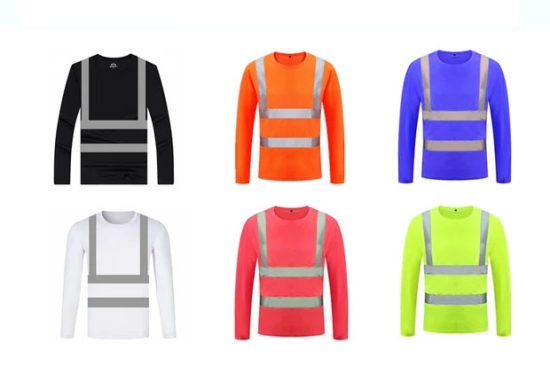Safety gear is crucial for protecting workers from workplace hazards in a wide range of industries and job roles. While the specific safety gear requirements can vary depending on the job and the hazards involved, there are several essential types of safety gear that are relevant to many different jobs:
- Safety Helmets (Hard Hats): Safety helmets protect the head from falling objects, impact, and electrical hazards. They are essential in construction, manufacturing, and any environment where head injuries are a risk.
- Eye Protection: Safety glasses or goggles shield the eyes from flying debris, chemicals, dust, and other hazards. They are necessary in industries such as construction, welding, and laboratories.
- Hearing Protection: Earplugs or earmuffs are used to protect the ears from excessive noise levels. Jobs in construction, manufacturing, and aviation often require hearing protection.
- Respiratory Protection: Respirators and masks protect against inhaling harmful dust, fumes, gases, and airborne pathogens. They are common in industries like healthcare, painting, and welding.
- Hand Protection: Gloves provide protection from cuts, burns, chemicals, and other hand-related hazards. They are crucial in industries ranging from healthcare to construction.
- Foot Protection: Steel-toed boots or safety shoes protect the feet from heavy objects, sharp objects, electrical hazards, and slips and falls. They are essential in construction, manufacturing, and industrial settings.
- High-Visibility Clothing: High-visibility vests or clothing enhance visibility in low-light conditions, such as construction sites and roadwork. They help prevent accidents involving vehicles and equipment.
- Fall Protection: Harnesses, lanyards, and safety nets are used to prevent falls from heights. They are vital in construction, roofing, and maintenance jobs involving elevated surfaces.
- Chemical-Resistant Clothing: Coveralls, aprons, and full-body suits protect against exposure to hazardous chemicals, acids, or biological agents. They are used in laboratories, chemical handling, and industrial settings.
- Heat and Flame-Resistant Clothing: Flame-resistant (FR) clothing provides protection against flames, sparks, and high-temperature environments. Industries like welding, firefighting, and oil and gas require FR gear.
- Safety Harnesses: Safety harnesses are used when working at heights or in confined spaces to prevent falls and enable rescue. They are essential for jobs involving elevated platforms and construction sites.
- Safety Goggles/Face Shields: These protect the face and eyes from chemical splashes, flying debris, or grinding sparks. They are used in various industrial and laboratory settings.
- Fall Arrest Systems: These systems, including anchors and lifelines, are used in combination with safety harnesses to prevent or arrest falls from elevated positions.
- Electrical Safety Gear: This includes insulated gloves, mats, and tools designed to protect against electrical shocks and arc flash hazards. It’s critical in electrical maintenance and utility work.
- Dust Masks and Respirators: For protection against airborne particles and contaminants, such as those encountered in construction, woodworking, or healthcare settings.
- Safety Vests: Besides high-visibility vests, standard safety vests are used to identify workers, especially in busy construction and roadwork environments.
Remember that the specific safety gear required for a particular job should be determined through a hazard assessment and compliance with industry regulations and safety standards. Providing and using the appropriate safety gear is essential for protecting workers and maintaining a safe work environment.


